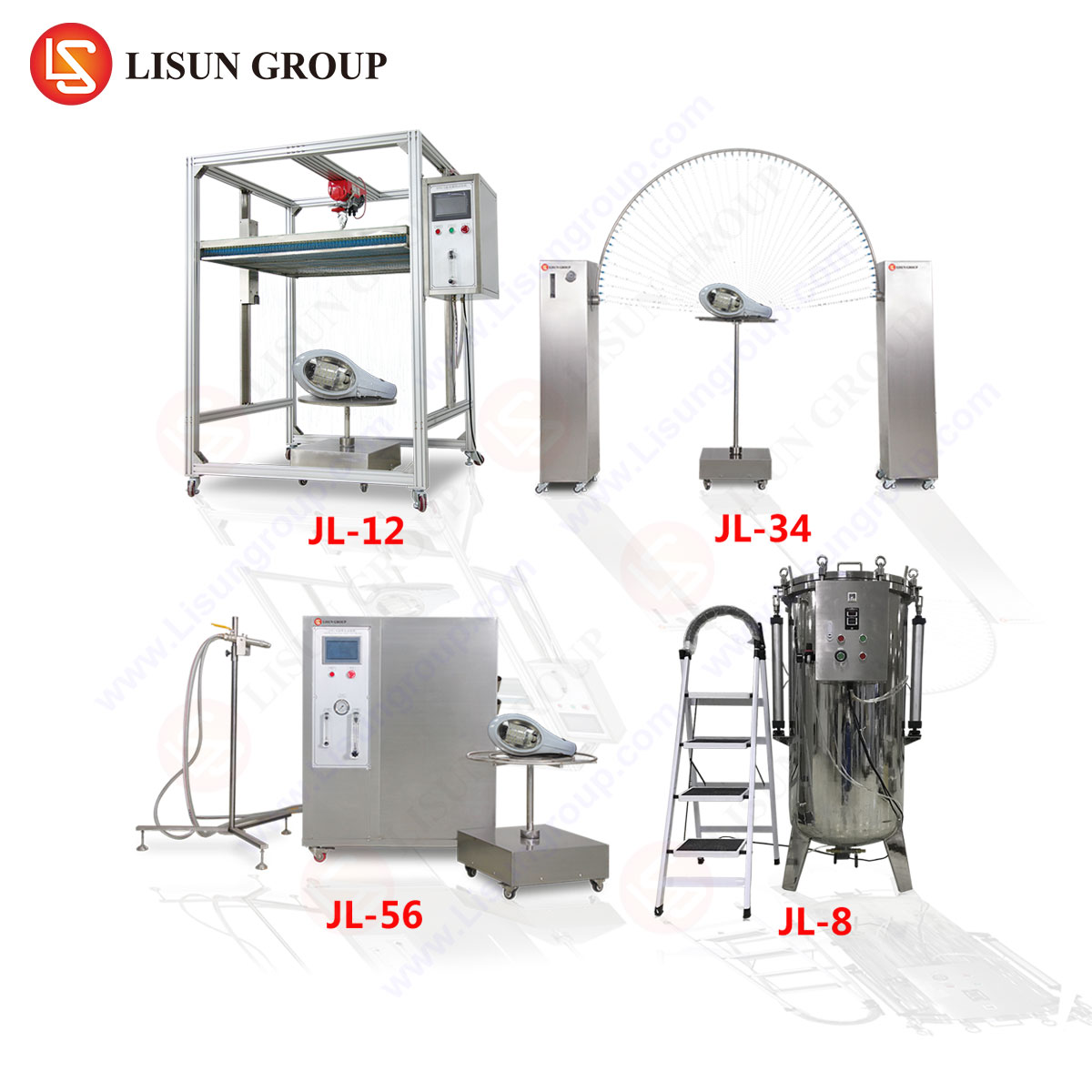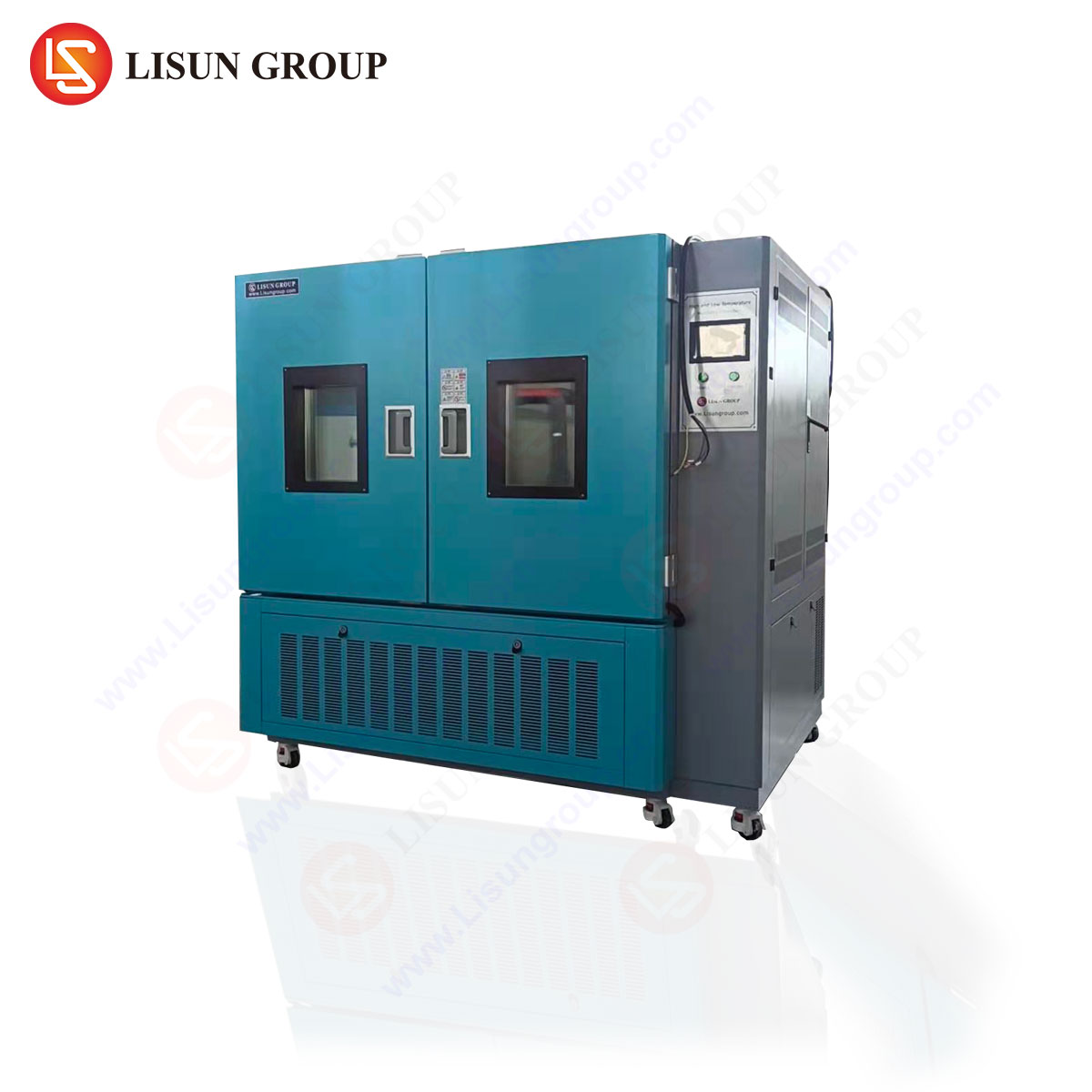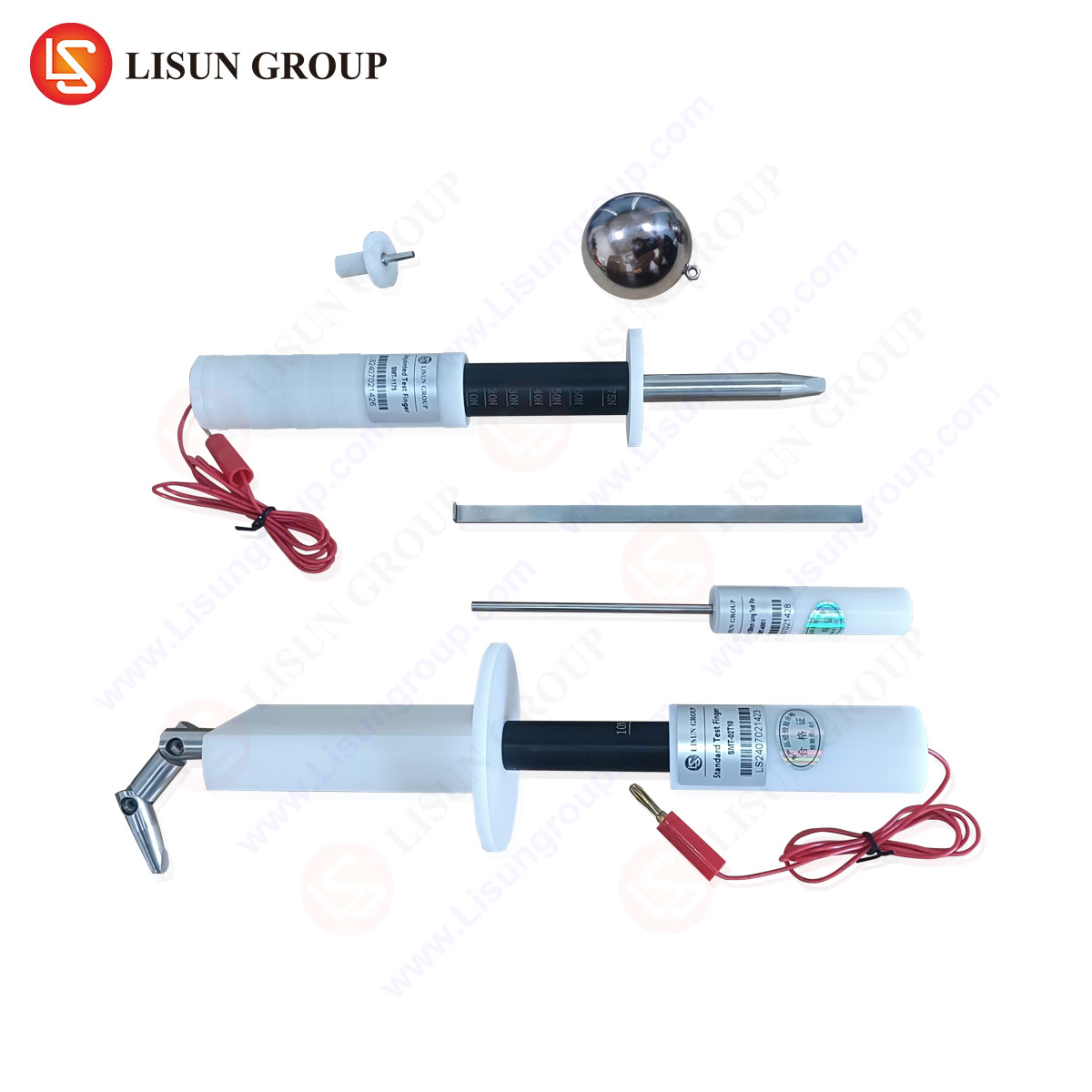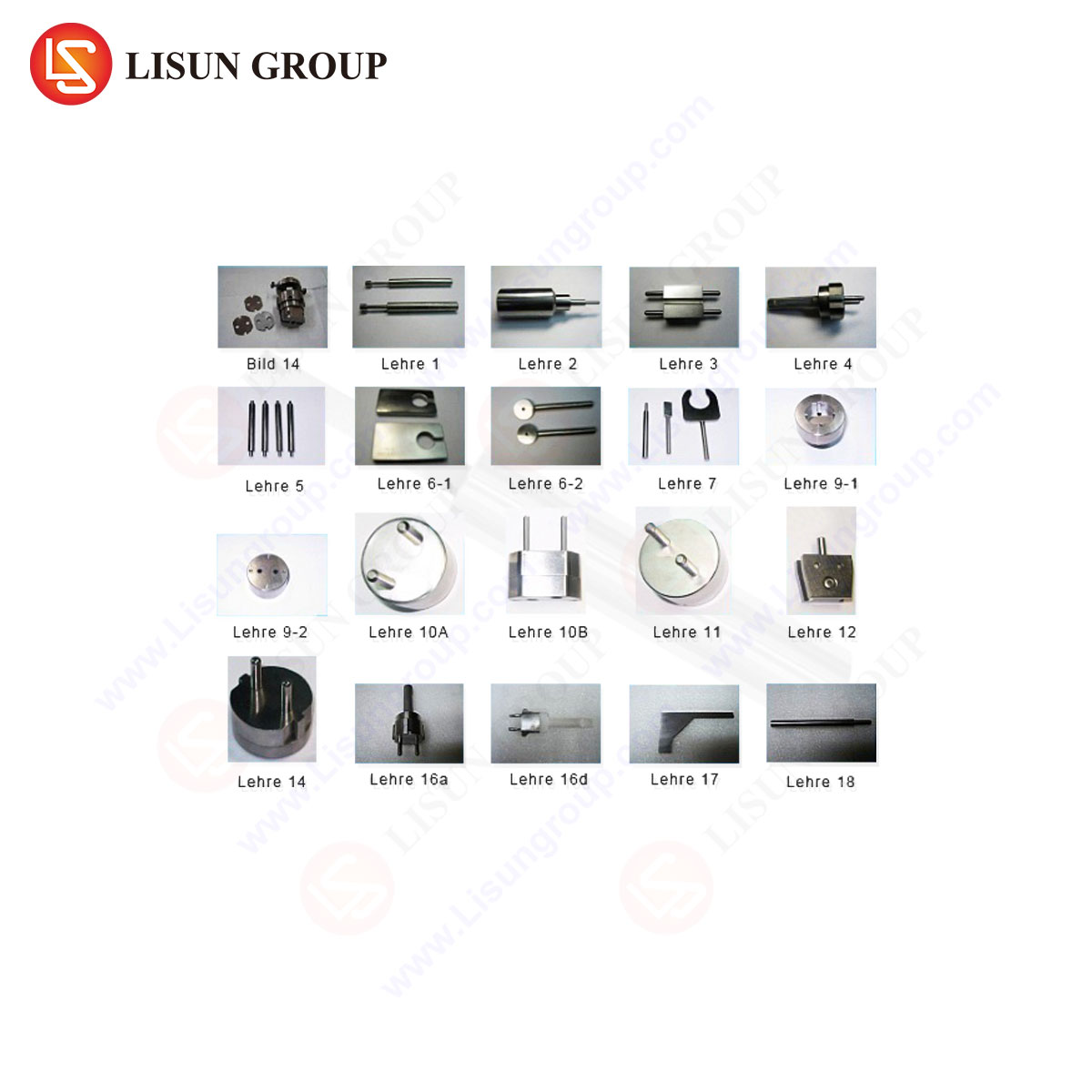An Analytical Framework for High-Fidelity Electrical Contact Testing
The integrity of electrical connections within plugs, sockets, and associated components is a foundational element of electrical safety, performance, and longevity. The process of validating these connections demands precise, reliable, and repeatable measurement techniques. Central to these techniques is the test probe, an instrument whose design and construction directly influence the accuracy of electrical parameter acquisition. The Small Test Probe SM390 represents a specialized tool engineered to address the unique challenges posed by the miniaturization and high-density packaging of modern electrical connectors. This analysis examines the SM390’s operational principles, its critical role in conjunction with advanced test systems like those from LISUN Gauges for Plugs and Sockets, and its application within stringent international compliance frameworks.
Design Philosophy and Mechanical Construction of the SM390
The SM390 is conceived not as a generic probing instrument but as a purpose-built solution for accessing confined test points commonly found on plug pins, socket contacts, and terminal blocks. Its design prioritizes minimal spatial intrusion alongside maximal mechanical and electrical integrity. The probe body is typically fabricated from a hardened, non-conductive polymer or composite material, providing excellent electrical isolation and structural rigidity. This housing ensures the operator’s safety and prevents accidental short-circuiting during testing procedures.
Within this housing, the core conductive element is a precision-ground spring-loaded plunger. This plunger is most often constructed from beryllium copper (BeCu) or phosphor bronze, alloys selected for their superior electrical conductivity, inherent spring properties, and resistance to deformation under repeated cyclic loading. The tip of the plunger is a critical focal point; for the SM390, it is commonly machined to a fine, hardened point or a specific radius to optimize surface area contact without causing damage to the test point. A gold-over-nickel plating is a standard finish, providing a low-resistance, oxidation-resistant surface that ensures stable electrical contact and long-term reliability, even in varying environmental conditions. The internal spring mechanism is calibrated to deliver a consistent, known contact force, typically within a range of 200-500 grams-force. This precise force is paramount: excessive force can damage delicate contacts or plating, while insufficient force results in high and unstable contact resistance, invalidating the measurement.
Electrical Characteristics and Signal Integrity Considerations
The primary function of the SM390 is to serve as a low-resistance, low-inductance conduit for electrical signals between a device under test (DUT) and measurement instrumentation, such as a digital multimeter, LCR meter, or automated test system. Its electrical performance is characterized by several key parameters.
The DC contact resistance is a primary metric, typically specified at less than 50 milliohms when measured according to standard methodologies. This low resistance ensures that the voltage drop across the probe itself is negligible compared to the voltage being measured at the DUT, thereby preserving measurement accuracy. For AC measurements, the parasitic inductance and capacitance of the probe assembly become significant. The short, direct path of the SM390’s internal construction minimizes these parasitic elements, allowing for accurate measurement of higher-frequency signals without introducing phase shift or amplitude distortion. The current-carrying capacity, while sufficient for standard signal-level testing (often rated for 1-3 Amps continuous), is designed with measurement, not power delivery, in mind. This focus ensures the probe remains lightweight and sensitive.
Integration with LISUN Gauges for Plugs and Sockets Test Systems
The true potential of a precision instrument like the SM390 is realized when it is integrated into a comprehensive and calibrated test system. LISUN Gauges for Plugs and Sockets represent a category of sophisticated test apparatuses designed explicitly for validating the safety and performance of electrical connection devices against global standards such as IEC 60884-1, GB 2099.1, and UL 498.
These systems automate complex testing sequences, including but not limited to:
- Contact Resistance Measurement: Utilizing the SM390 to make a Kelvin (4-wire) connection to a plug pin or socket contact, bypassing the resistance of the test leads to measure the milliohm-level resistance of the contact interface itself.
- Dielectric Withstanding Voltage (Hi-Pot) Testing: Employing the SM390 to apply a high AC or DC voltage to a live part while monitoring for leakage current, with the probe’s robust insulation ensuring operator safety.
- Electrical Strength and Insulation Resistance Testing: Precisely applying test voltages and measuring leakage currents through and across insulating components.
Within a LISUN automated test station, the SM390 is mounted on a programmable actuator or fixture. The system software controls the probe’s positioning, ensuring it makes contact with the exact predefined test point on the DUT with the repeatable force for which the probe was designed. This integration eliminates human error, enhances repeatability, and drastically increases testing throughput. The SM390, in this context, acts as the critical interface—the sensory apparatus—of the larger LISUN system, translating physical contact into reliable electrical data.
Table 1: Representative Integration Specifications for SM390 with a LISUN Test System
| Parameter | Specification | Relevance to Plug/Socket Testing |
| :— | :— | :— |
| Positioning Accuracy | ±0.05 mm | Essential for contacting specific pins in high-density connectors. |
| Contact Force Control | 300 gf ± 10% | Prevents damage to gold-plated contacts while ensuring low resistance. |
| Maximum Test Voltage | 5 kV AC/DC | Suitable for standard Hi-Pot tests on household and industrial plugs. |
| Resistance Measurement | 0.1 mΩ – 2 Ω range | Accurately assesses the quality of socket grip and pin conductivity. |
| Compliance Standards | IEC 60884-1, UL 498 | Directly supports testing for major international safety certifications. |
Application in Critical Plug and Socket Compliance Testing
The application of the SM390 probe is critical in several definitive tests mandated by safety standards. During Temperature Rise Testing, a plug is subjected to its rated current in a calibrated test socket. The SM390 is used to monitor the voltage drop at the connection points between the plug pins and socket contacts. Using Ohm’s Law (V=IR), this voltage drop is converted to a precise resistance value. Any abnormal increase in this resistance, detected over the test duration, indicates a poor connection that will lead to excessive heating—a primary fire hazard. The probe’s low and stable own resistance is vital for this measurement’s accuracy.
For Testing of Protective Conductivity, the integrity of the earth (ground) connection is paramount. The standard mandates a maximum resistance between the earth pin and any accessible conductive part. The SM390, often as part of a 4-wire measurement setup within a LISUN gauge, is used to inject a test current and measure the resulting voltage drop directly at the contact points, ensuring the measured value reflects only the resistance of the DUT’s safety-critical earth path.
Comparative Advantages in a Specialized Market
The SM390 competes in a market with generic test probes. Its advantages are nuanced but significant in a quality-critical environment. Unlike generic probes, its contact force is engineered specifically for the materials and plating used in connectors, preventing “bounce” and ensuring a stable reading on digital instruments. Its tip geometry is optimized to pierce minor oxidation layers without marring surfaces, a common issue with cheaper, sharper probes. Furthermore, its material selection ensures long-term durability under constant use in automated fixtures, whereas generic probes may suffer from spring fatigue and plating wear, leading to measurement drift over time. When specified as part of a LISUN system, the compatibility and calibration are guaranteed, reducing validation overhead and ensuring the entire measurement chain is traceable to national standards.
Operational Protocols and Maintenance for Long-Term Accuracy
To preserve its specified performance, the SM390 requires adherence to specific operational and maintenance protocols. Probes should be stored in a clean, dry environment to prevent contamination of the tip and internal mechanism. The tip must be regularly inspected for wear, accumulation of dielectric material, or pitting caused by accidental high-current arcs. Cleaning should be performed with isopropyl alcohol and a lint-free swab. Periodic calibration of the probe’s electrical characteristics, particularly its DC resistance, is recommended. This is most efficiently performed as part of a holistic calibration routine for the entire LISUN test system, verifying the performance of the probe, instrumentation, and fixtures as a single integrated unit.
Future Trends: Miniaturization and Automated Testing
The trajectory of connector technology points toward further miniaturization and increased pin density. This evolution will drive demand for even smaller, more precise test probes with capabilities beyond the current SM390, such as active buffering or integrated sensing. Furthermore, the industry’s shift towards Industry 4.0 and smart manufacturing necessitates probes and systems that offer built-in diagnostics, usage tracking, and predictive maintenance alerts. The integration of precision probes like the SM390 into fully automated, robotic test cells represents the current vanguard, where reliability and repeatability over millions of cycles are not just desired but required. Systems like those from LISUN are at the forefront of this integration, providing the data integrity and traceability required for modern smart factories.
Frequently Asked Questions
Q1: Can the SM390 probe be used for testing high-power industrial connectors beyond standard plugs and sockets?
Yes, the fundamental principles of operation remain valid. However, for high-current applications (e.g., testing connector resistance under load), ensuring the probe’s current rating is not exceeded is critical. The primary use of the SM390 in such contexts remains precision low-current signal measurement for contact resistance validation before or after high-power testing.
Q2: How does the choice of tip geometry (pointed, rounded, flat) affect measurements on plug and socket contacts?
Tip geometry is a critical selection criterion. A sharply pointed tip may be used to penetrate oxidation on a test point but risks damaging soft gold plating. A rounded or conical tip offers a good balance of surface contact and durability for most socket contact tests. A flat or chisel tip provides maximum surface area for contacting flat surfaces like bus bars but is unsuitable for accessing small pins. The choice must align with the standard being tested and the DUT’s design.
Q3: What is the typical lifespan of an SM390 probe in an automated test setting, and what are the signs of wear?
Lifespan is highly dependent on usage frequency, contact force, and the material of the DUT. A typical rating is 100,000 to 1,000,000 actuations. Signs of wear include an increase in measured baseline resistance, inconsistent readings, physical deformation of the tip, and a noticeable change in the spring force feedback. Regular monitoring of these parameters is part of a proactive maintenance schedule.
Q4: Why is a 4-wire (Kelvin) measurement method necessary when using such a low-resistance probe?
Even the low resistance of the SM390 and its leads can be significant when measuring the milliohm-level resistances of a high-quality electrical contact. The 4-wire method uses one pair of wires to carry the test current and a separate pair connected directly at the probe tip to sense the voltage drop. This technique effectively eliminates the resistance of the test leads and the probe’s internal wiring from the measurement, isolating only the resistance of the DUT.







